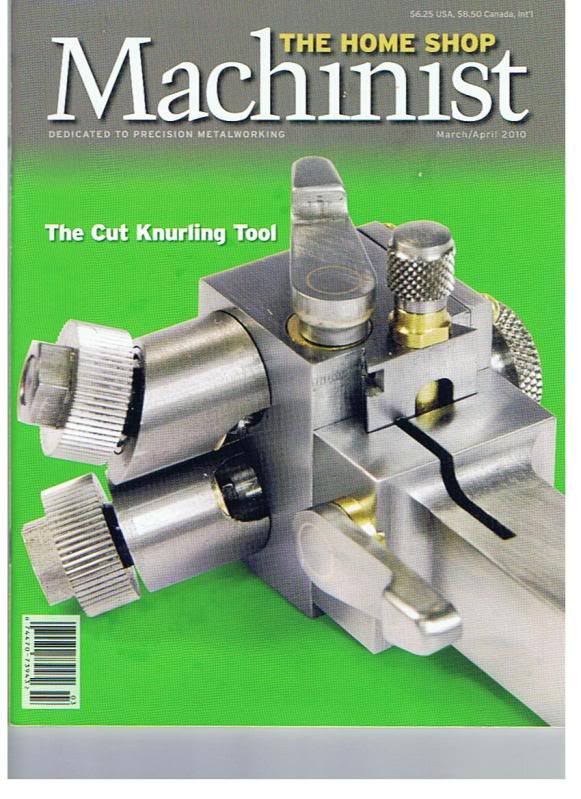atomicjoe23
Aluminum
- Joined
- Aug 9, 2011
- Location
- Poulsbo, WA
Have any of you guys single point cut knurling before?
If so, tips???
The reason I ask is because I want to produce a deep, aggressive diamond knurl in some 17-4 pH SS. I don't have a lot of experience knurling because I haven't had the need to do it very often. . .before I have only knurled aluminum and brass, both being very soft materials the knurling was easy to do and I was only knurling for extra texture on handles. . .now I'm making some knurled rollers for a grain mill and the forming knurlers aren't producing a deep enough knurl in the SS (303 is what I practiced on) for what I want/need so I thought I would try single point cutting the knurl.
I've produced knurls in SolidWorks using a 60* thread cutting profile and the helix and swept cut features so I figured I could do the same thing on a lathe with a threading tool and doing overlapping RH & LH threads, but it didn't work out to well. . .of course I didn't have the time to experiement with as many different TPI's as I would have liked today, but 10 TPI and 22 didn't produce the effect I was looking for. . .here's a pic of the type of knurling I would like to produce. . .
The Barley Crusher Home
This is a commercially available version of a grain mill that is quite a bit smaller than what I am working on now.
Thanks ahead of time for the help!
If so, tips???
The reason I ask is because I want to produce a deep, aggressive diamond knurl in some 17-4 pH SS. I don't have a lot of experience knurling because I haven't had the need to do it very often. . .before I have only knurled aluminum and brass, both being very soft materials the knurling was easy to do and I was only knurling for extra texture on handles. . .now I'm making some knurled rollers for a grain mill and the forming knurlers aren't producing a deep enough knurl in the SS (303 is what I practiced on) for what I want/need so I thought I would try single point cutting the knurl.
I've produced knurls in SolidWorks using a 60* thread cutting profile and the helix and swept cut features so I figured I could do the same thing on a lathe with a threading tool and doing overlapping RH & LH threads, but it didn't work out to well. . .of course I didn't have the time to experiement with as many different TPI's as I would have liked today, but 10 TPI and 22 didn't produce the effect I was looking for. . .here's a pic of the type of knurling I would like to produce. . .
The Barley Crusher Home
This is a commercially available version of a grain mill that is quite a bit smaller than what I am working on now.
Thanks ahead of time for the help!



